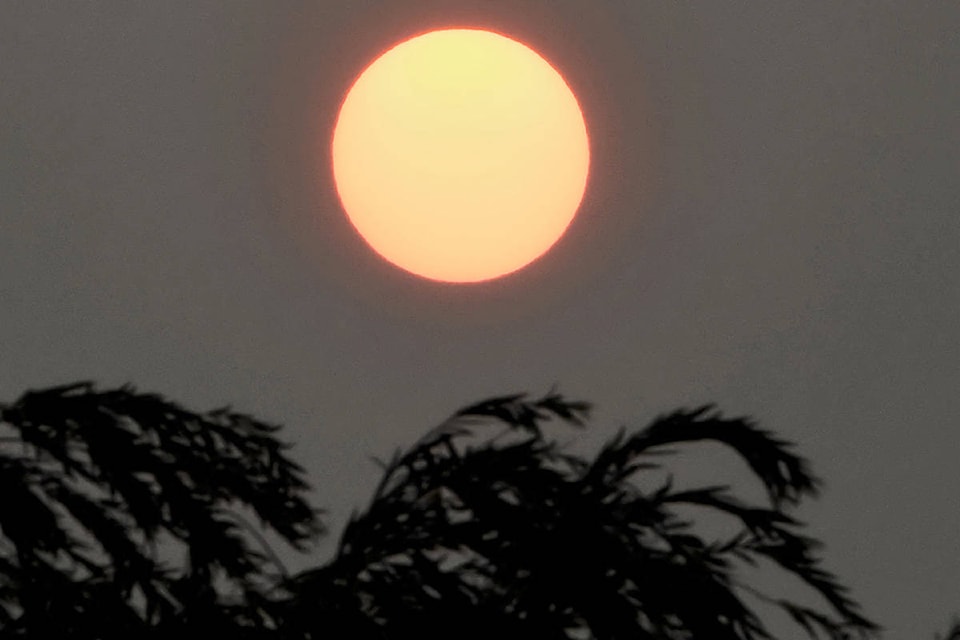We study the sun for two reasons.
Firstly, it is the only star close enough for us to examine in detail. We can see things going on there that are unobservable on other stars; they are too far away. The other reason we study the sun is to understand its relationship with us. The energy driving the climate and weather all comes from the sun. It is also the engine driving space weather.
Like ordinary weather, space weather is made up of a number of different things. There is the solar wind, a blast of plasma and magnetic fields constantly flowing outward from the sun. It can range from a benign breeze to the space equivalents of hurricanes or tornadoes. In addition there are beams of X-rays and high-energy particles. These can damage spacecraft, endanger astronauts and disrupt our energy, communication and transportation infrastructure.
There is a strong and ongoing international effort to monitor the sun’s behaviour and to share data. The National Research Council has been operating a radio “stethoscope” on the sun since 1947. The programme is now based at the Dominion Radio Astrophysical Observatory, near Penticton. Two small radio telescopes — one a hot backup for the other — monitor the sun each day from sunrise to sunset. Three times a day, precise measurements of the level of solar activity are transmitted to a world-wide community of users, including space agencies, other government agencies and industries involved in activities that are affected by the sun’s good and bad behaviour. These measurements, made at a radio wavelength of 10.7 centimetres, are known as the 10.7-cm solar flux.
Over the years, applications of the data have become more diverse and more detailed. Trying to meet these more demanding requirements from observations made at a single wavelength is extremely difficult, rather like trying to understand what an orchestra is playing by listening to only the bass notes. We need to hear the other notes too. This is the reason that over the last few years, with support by the Canadian Space Agency and partnership with Natural Resources Canada we have developed a new instrument: the Next Generation Solar Flux Monitor. This instrument operates at six wavelengths, with the capacity to add more. It is an attempt to hear more of the solar orchestra and to separate out the processes contributing to it. Although it will not be total at Penticton, the Aug. 21 solar eclipse will still be a great opportunity not only to separate out the processes, but also to see where on the solar disc they are taking place. As the moon moves across the solar disc, it will progressively cover and block out the sources of radio emission.
Some of the radio emission comes from the whole disc, so as the moon blocks it out, we should see the strength of the emission we receive smoothly falling, and then, as the moon moves on, the emission will smoothly rise back to its original level. However, if there are centres of enhanced emission at one or more wavelengths, we will see abrupt dips when they are blocked out and similar increases as they are uncovered again. We’ll be able to decode the orchestra for the solar disc as a whole and the various active centres on it. Since all our measurements will be made in the same way, in the same manner, using the same hardware and calibrated the same way, we hope to be able to look for even subtle things, and find out where on the solar disc they are located.
One of the reassuring aspects of these observations is that clouds do not affect the solar radio emissions we hope to observe. However, since I look forward to actually seeing the eclipse. I still hope the weather will be clear.
Jupiter is low in the southwest after sunset, and Saturn low in the south. Venus, shining brilliantly, rises in the early hours. The moon be full on the 7th and reaches last quarter on the 14th.
Ken Tapping is an astronomer with the NRC’s Dominion Radio Astrophysical Observatory, Penticton.
